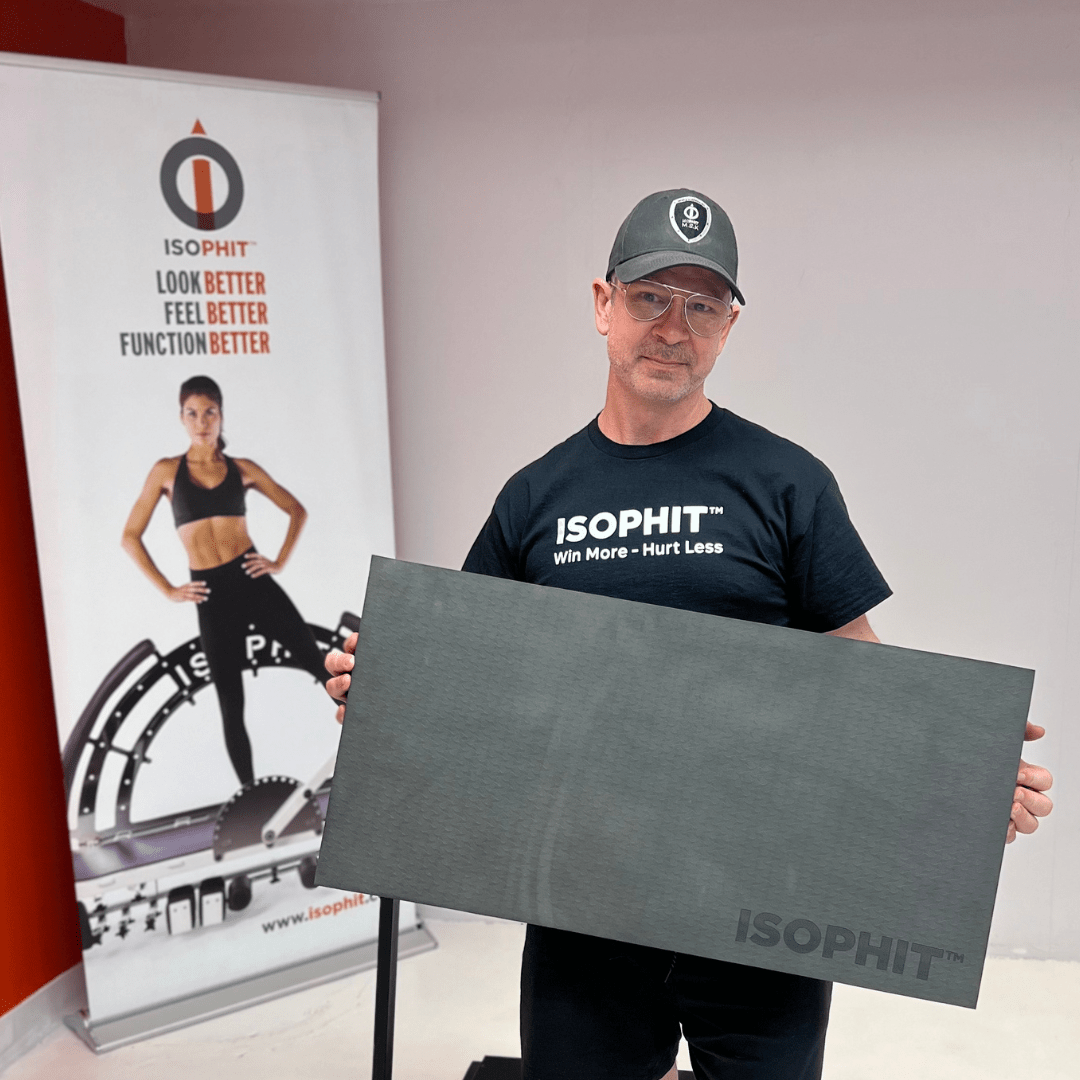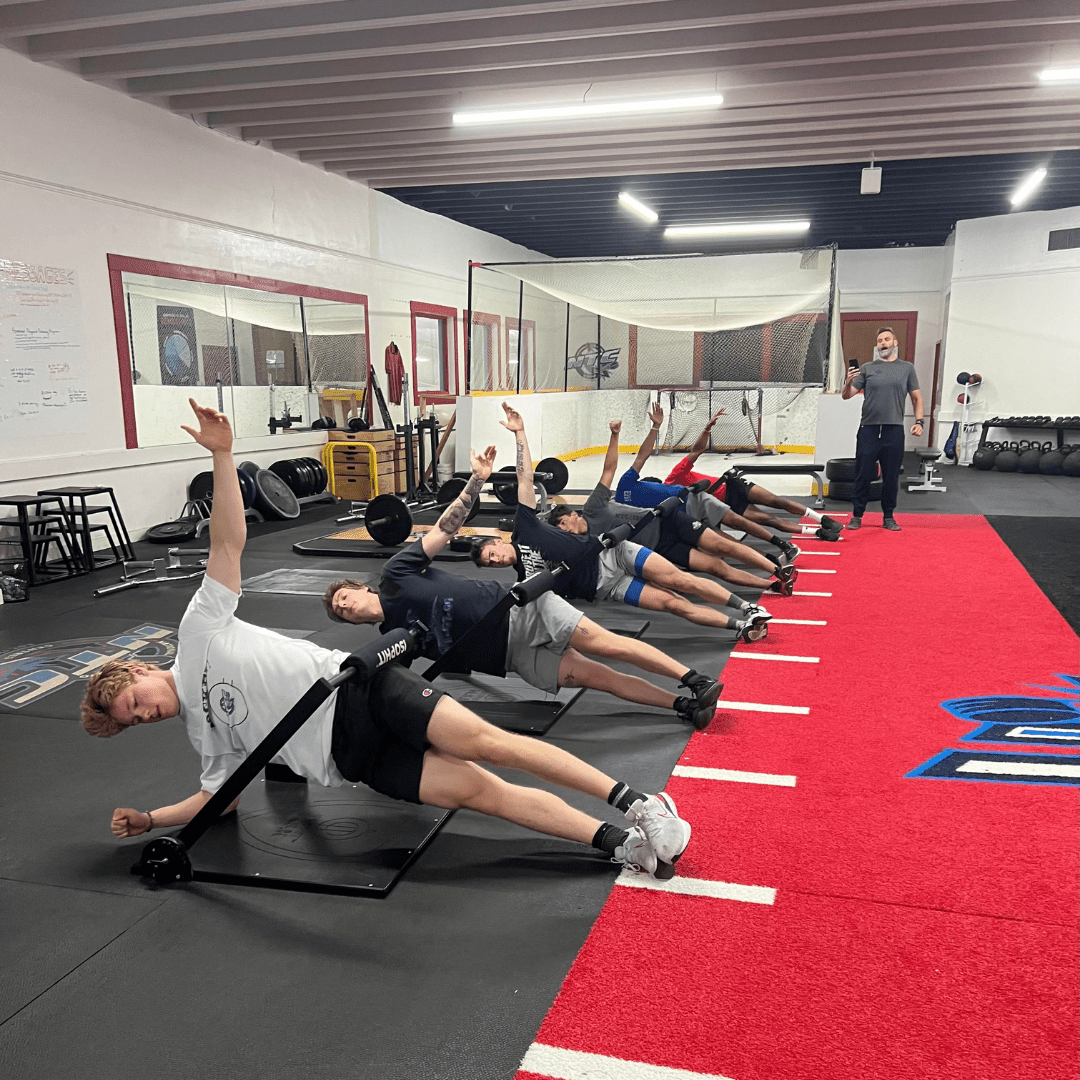In the world of sports performance, strength development plays a crucial role in enhancing speed, power, and resilience. Two key concepts that often get conflated are Peak Isometric Force and Peak Isometric Effort. While both are essential for optimizing performance, they serve different physiological and strategic purposes.
Peak Isometric Force: The Foundation of Power
Peak Isometric Force refers to the maximum force an athlete can generate during an isometric contraction. This is a critical metric for improving Rate of Force Development (RFD)—the speed at which force is applied. A higher Peak Isometric Force translates to greater explosive power, benefiting athletes in sprinting, jumping, and change-of-direction movements.
Training to increase Peak Isometric Force helps build neuromuscular efficiency and motor unit recruitment, enabling athletes to produce force more effectively in competition settings.
Peak Isometric Effort: Sustained Strength and Endurance
Peak Isometric Effort, on the other hand, is the point at which an athlete can no longer produce any additional isometric force due to fatigue. Unlike Peak Isometric Force, which focuses on maximal output occurring over a shorter time interval, Peak Isometric Effort encompasses all force outputs leading up to complete exhaustion. Think of pushing into an immovable restraint for 45 seconds at your maximum effort for the entire time. The goal is to encourage absolute muscle fatigue.
This approach provides a safer method to train athletes under fatigue without the risks associated with dynamic movements. By emphasizing sustained contractions, this model helps optimize myofibril cross-bridging strength and endurance, key components for resilience and injury prevention.
Why Longer Efforts Matter
Extending the duration of isometric contractions enhances tendon stiffness and cross-sectional muscle area, both of which are crucial for athletic durability. Longer isometric holds contribute to:
-
Greater tendon resilience, reducing injury risk.
-
Improved muscular endurance, allowing athletes to sustain force output over time.
-
Enhanced force transmission efficiency, leading to better movement economy in sports.
Application in Training
A well-structured program should incorporate both Peak Isometric Force and Peak Isometric Effort. While short-duration, maximal contractions drive explosive power, prolonged isometric holds build structural integrity and endurance. This dual approach ensures athletes are not only stronger and faster but also more resistant to fatigue and injury—a competitive edge in any sport.
By understanding and integrating these concepts, coaches and athletes can optimize training protocols for sustained high-performance gains.
At Isophit, we help the world’s strongest, fastest, and most gifted athletes—and everyday people—win more, hurt less, and age stronger!
Learn more at www.isophit.com





![5. 30inThirty™ Strength Series - [15 Printable Programs] - Isophit](http://www.isophit.com/cdn/shop/files/5-30inthirty-strength-series-15-printable-programs-433761.png?v=1728497641&width=1080)




Share:
The Power of Isometrics: Enhancing Stiffness in the Myofascial Tensegrity System for Athletes and Dancers
Is the Omission of the word “Isometric” Costing You Your Strength and Health?